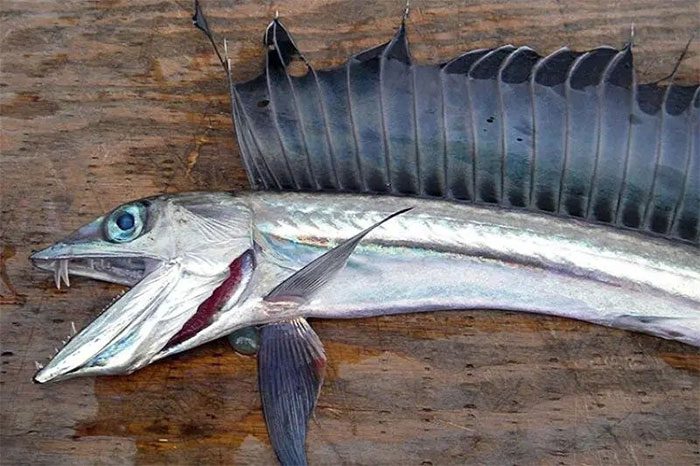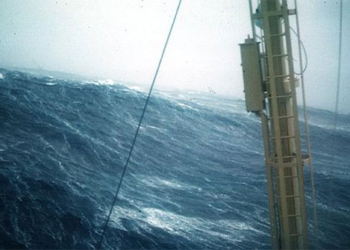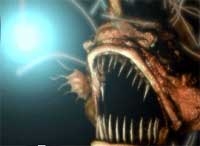The spear-nosed fish often hunts at the sea floor, occasionally washing ashore and attracting public attention. Scientists are currently unclear about the reasons why this species frequently ends up stranded.
The spear-nosed fish is characterized by its long, sharp teeth resembling fangs, spending most of its time hunting at the bottom of the ocean. However, over the past several hundred years, this fish has occasionally drifted onto the western shores of the United States.

A spear-nosed fish washed up on the Oregon coast. (Photo: NOAA).
The most recent appearance of the spear-nosed fish was on the Oregon coast on May 1, according to state officials. Scientists are still uncertain why this deep-sea fish ends up on the shore, as reported by the New York Times.
Not many people are interested in the spear-nosed fish since it holds little commercial value. The National Oceanic and Atmospheric Administration (NOAA) suggests that spear-nosed fish may migrate to Arctic waters, such as the Bering Sea, to hunt.
Dr. Elan Portner, an expert at the Scripps Institution of Oceanography, stated that spear-nosed fish have been washing up on the western coast for at least 300 years, possibly longer.
Benjamin Frable, another expert from the Scripps Institution, proposed several ideas regarding the reasons for the spear-nosed fish’s stranding. One possibility is that they chase prey into shallow waters and subsequently become stranded. Spear-nosed fish are not very strong, and their body structure makes it difficult for them to move away from the shore.
Adult spear-nosed fish can grow to about 2 meters long, making them one of the largest predatory species near the ocean floor.
Scientists indicate that studying the ocean floor is a challenging and resource-intensive task. However, they may gain additional insights into the deep-sea ecosystem by examining the stomach contents of spear-nosed fish, as they can swallow their prey whole.
“Their stomachs are essentially like miniature refrigerators, keeping the prey in very good condition until we can bring them to the lab,” Dr. Portner said.
The American expert noted that scientists can visualize many details of various organisms thanks to specimens found in the stomachs of spear-nosed fish. These include species that live deep in the ocean and have never been observed before.
Researchers often find smaller spear-nosed fish inside the stomachs of larger fish that wash ashore. Scientists believe that due to their large population, it is likely that spear-nosed fish engage in cannibalism.
However, Dr. Portner mentioned that scientists currently know little about the reproductive mechanisms of spear-nosed fish.
U.S. officials and scientists have urged the public to report or post on social media when they discover stranded spear-nosed fish. Dr. Portner stated that observing more specimens would help clarify why this species ends up on the shore.





















































